Microscopy mystery - the answers!
WWT Slimbridge Wetland Centre was recently visited by a special guest and his even more special microscope camera.
Emilien Leonhardt recently starred in BBC4's Miniature Britain and he and his microscope came to Slimbridge to snap some wetland animals, plants and slime in super close-up. The results were tweeted by @WWT_filmcrew over the weekend but we kept it quiet just what people were looking at. Below you can see the pictures that were taken (click to see them larger). Can you work out what they are? Answers at the bottom of the page.
1
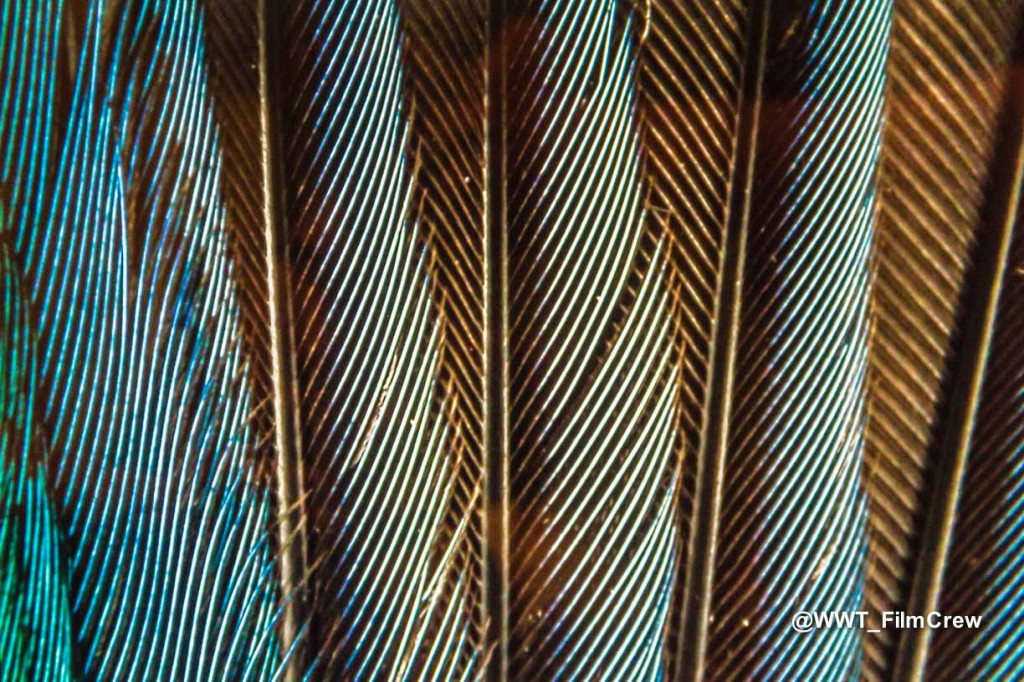
2
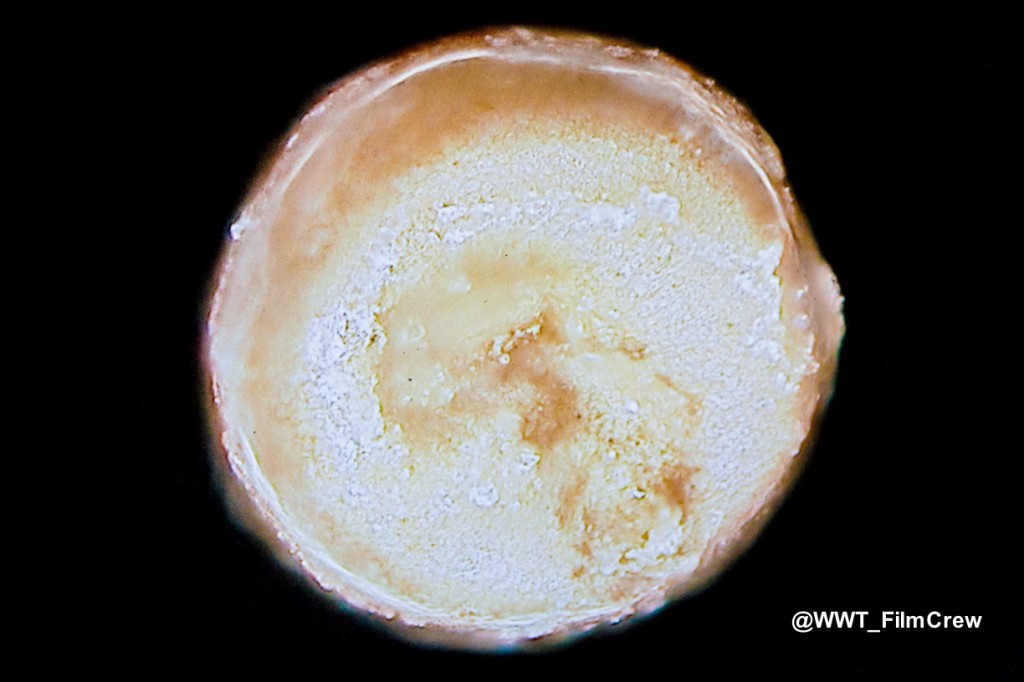
3

4

5
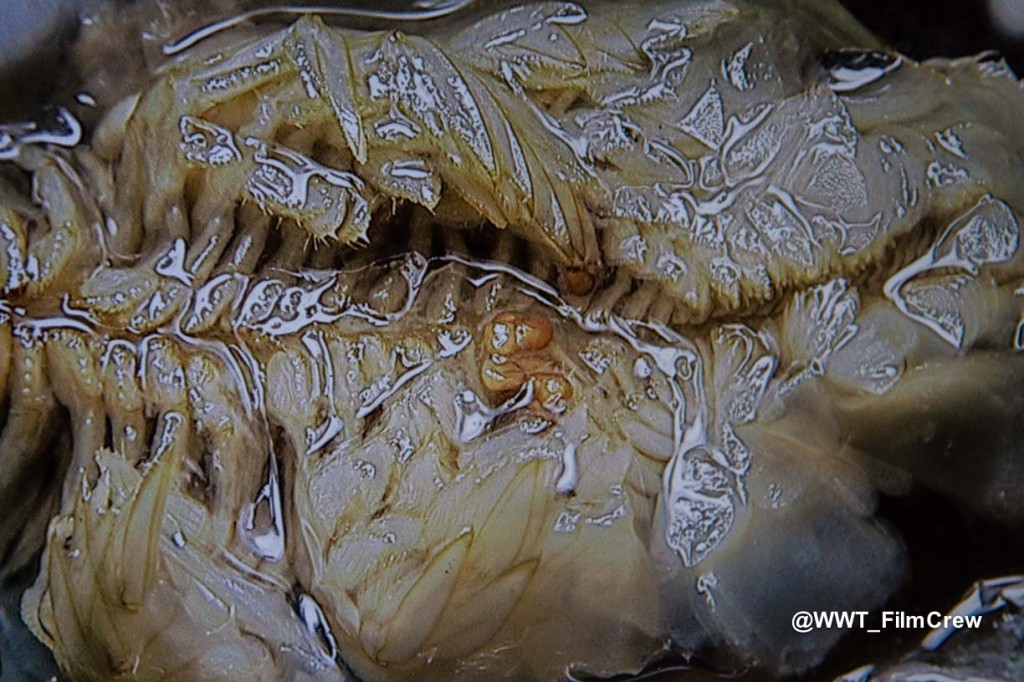
6
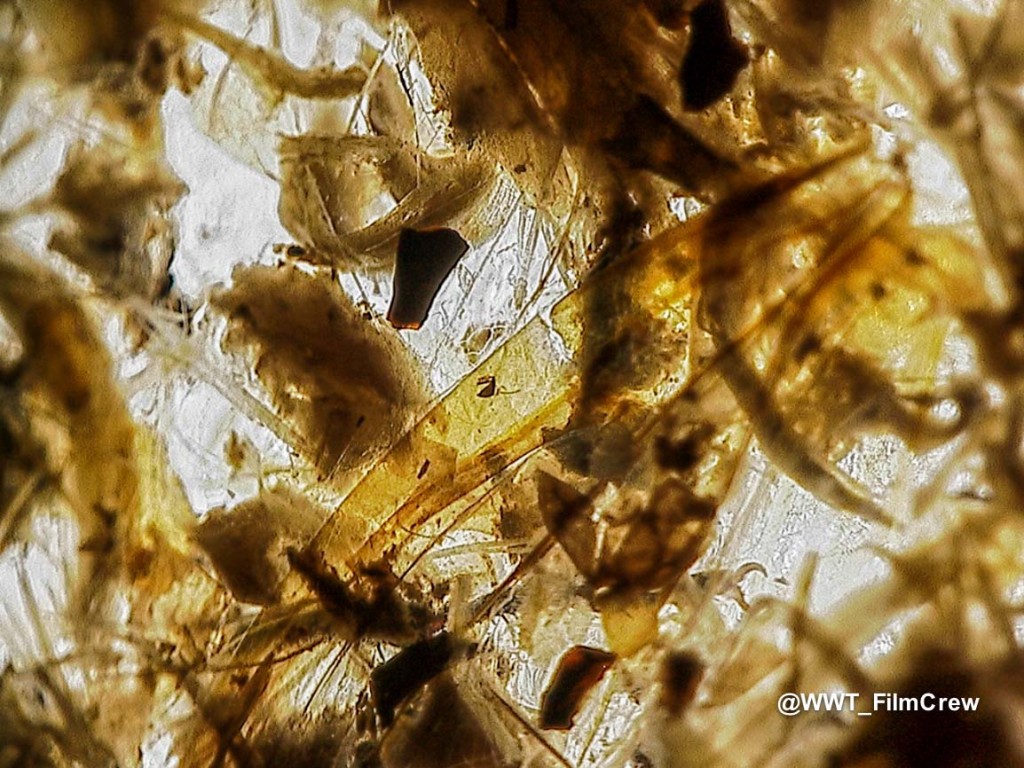
7
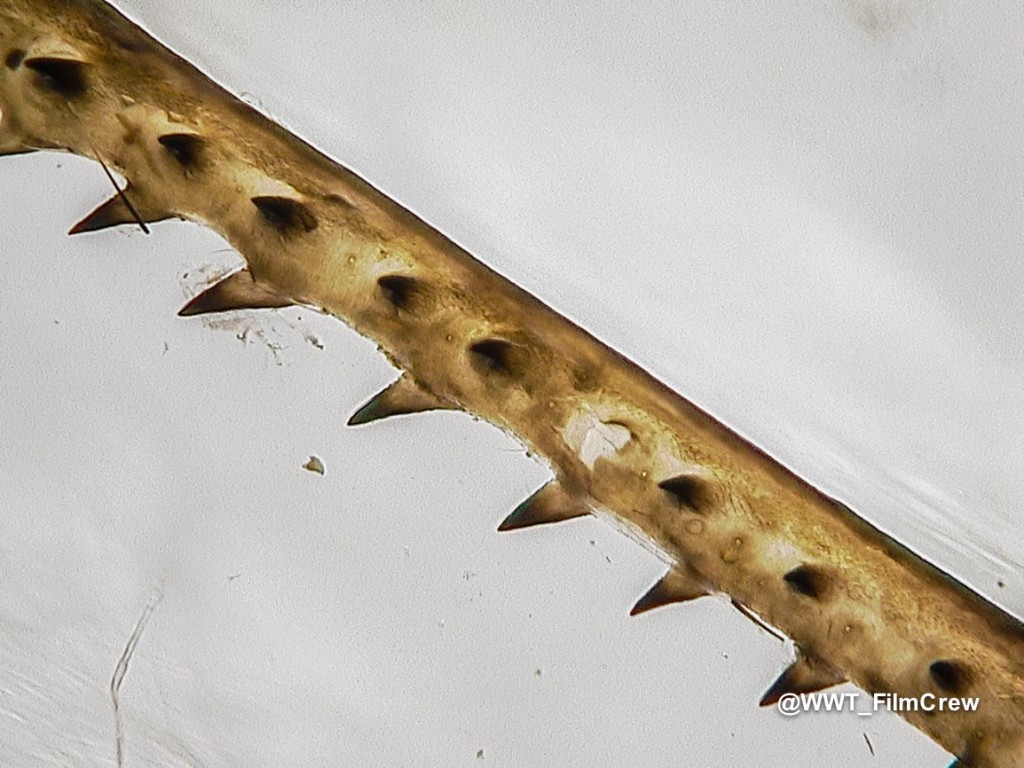
8
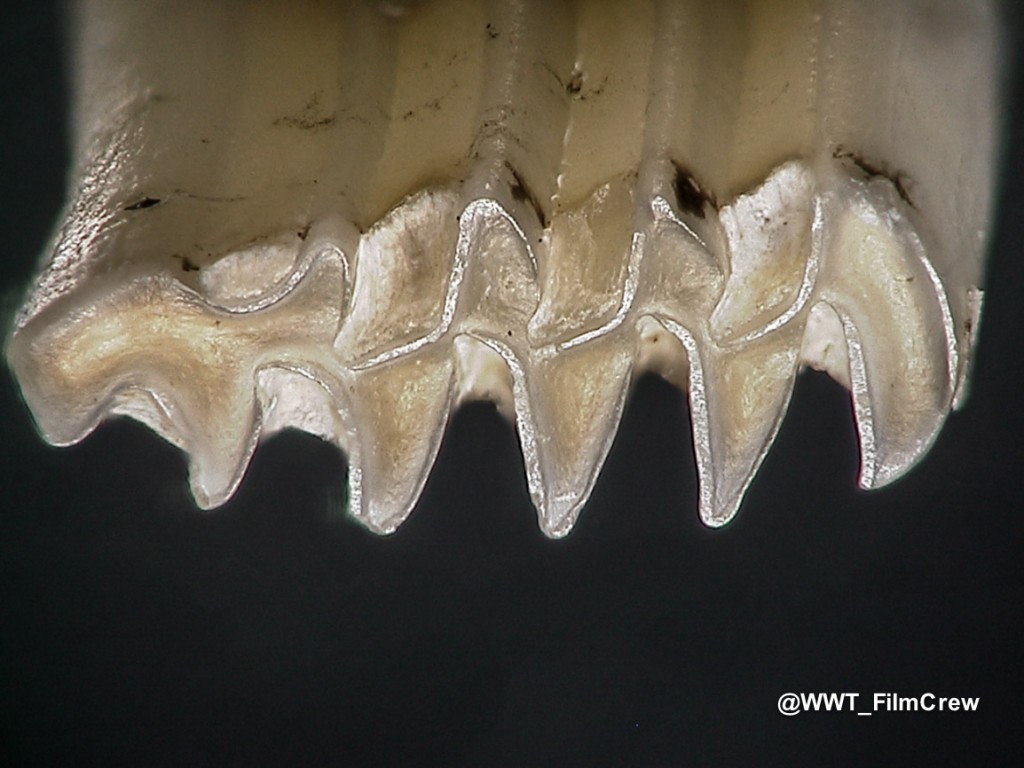
9

10
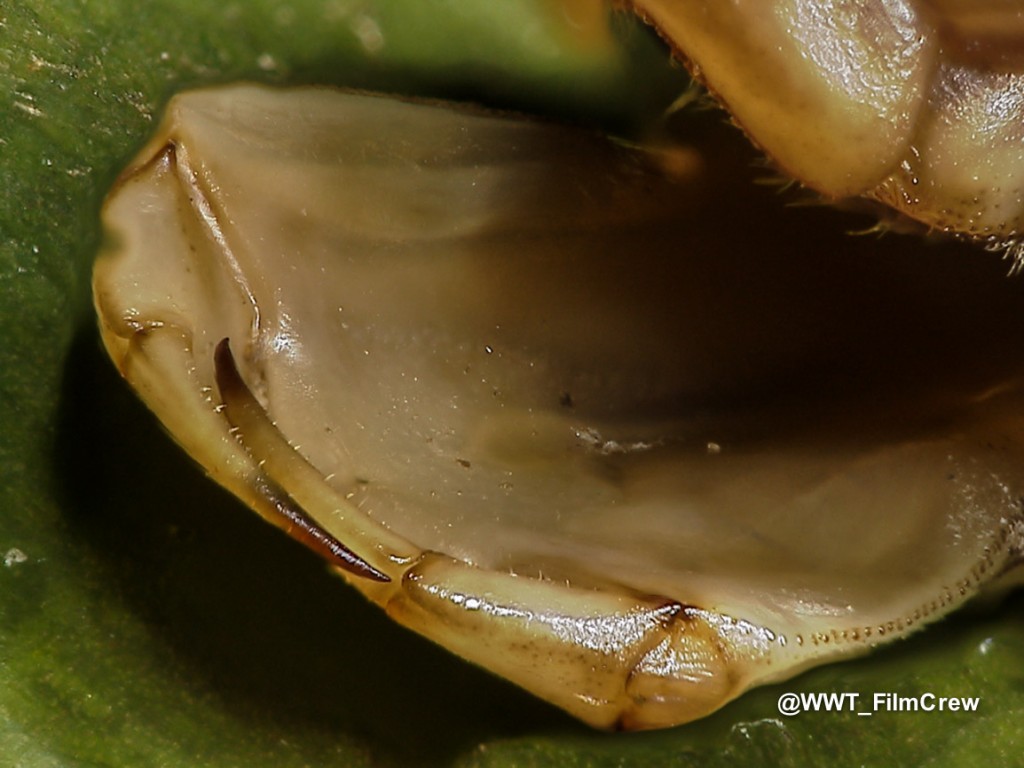
11
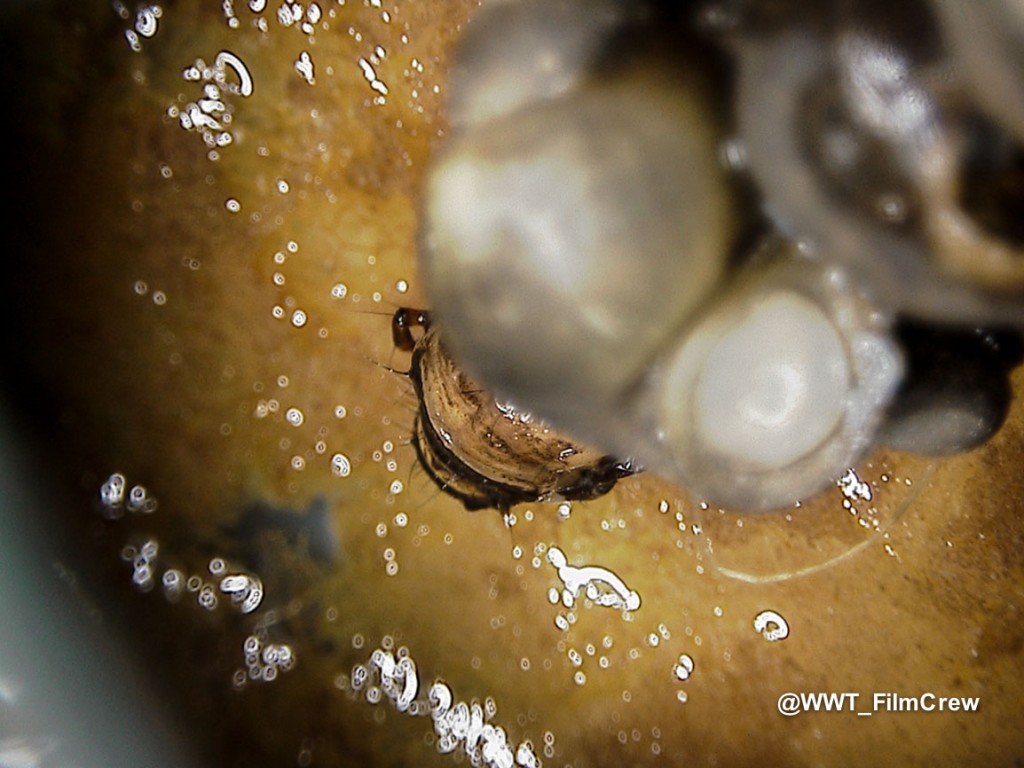
12
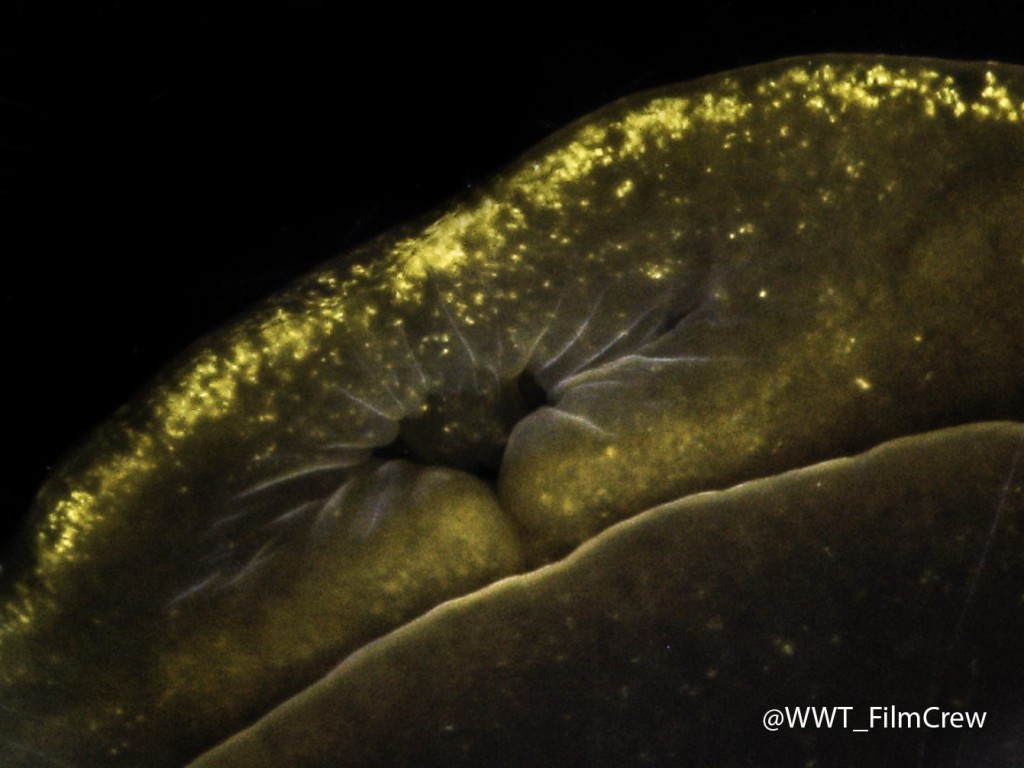
13
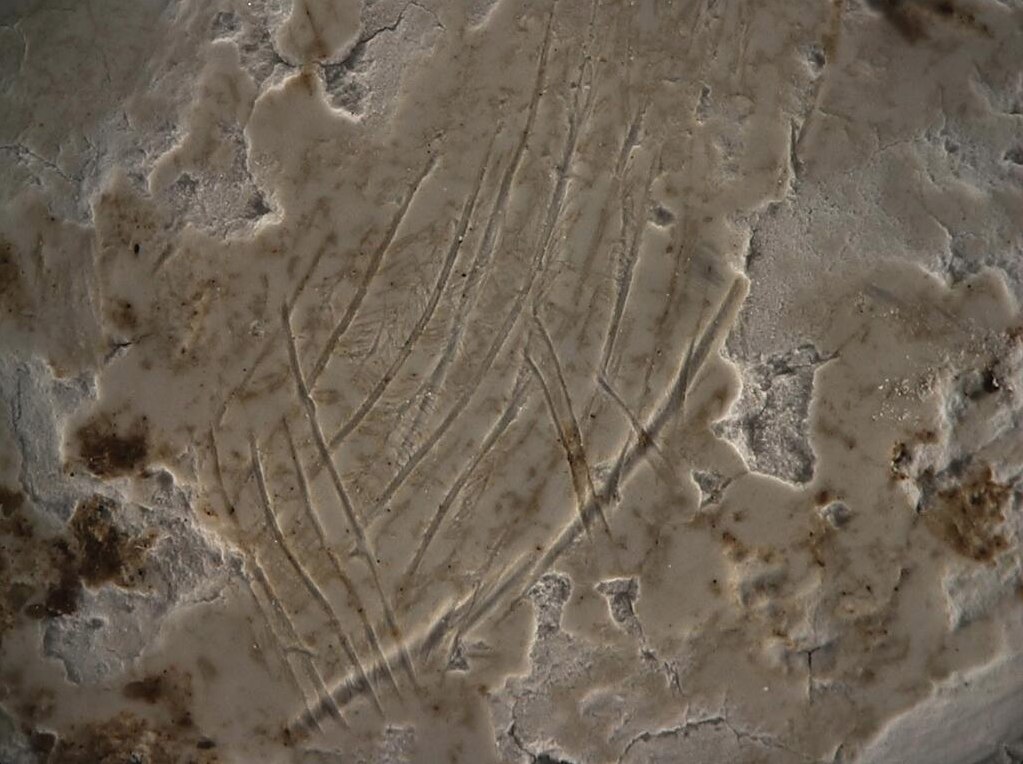
14
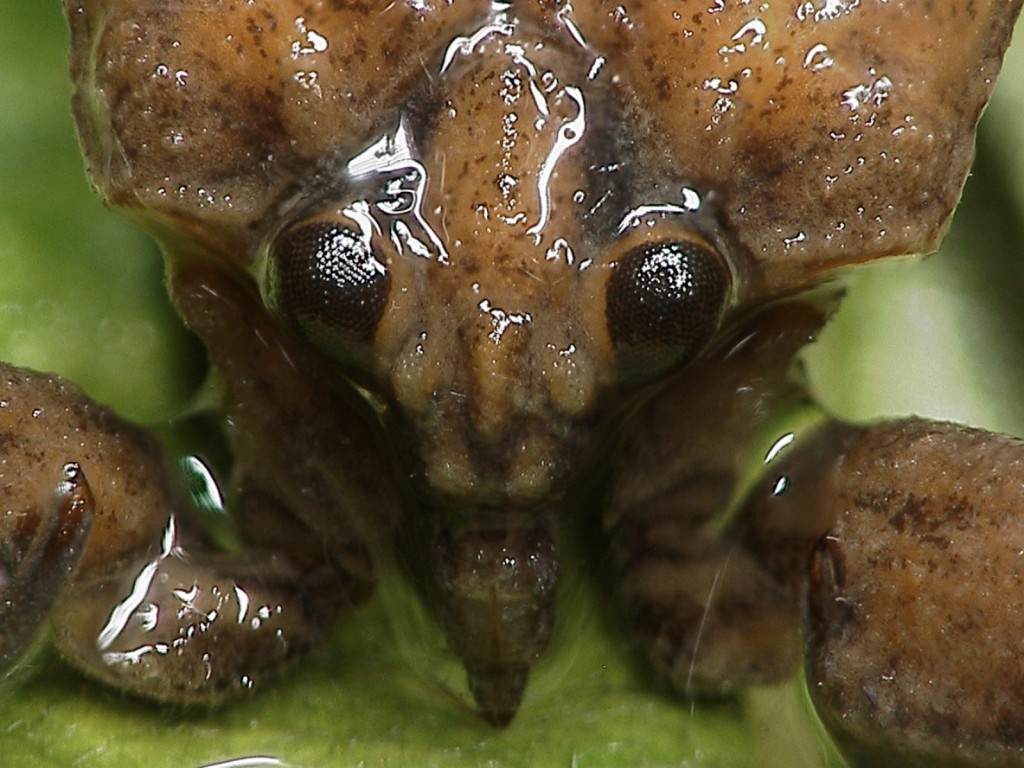
15

The answers
1. Kingfisher feather – one of 2 kingfishers ringed during the morning
2. Triops egg – these can lay dormant in mud or dirt for many years, waiting for a puddle to form around them at which point they spring back to life
3. Human nose – Emilien demonstrating that ANYTHING can be interesting under a microscope. We’re not so sure...
4. The three eyes of a Triops – the oldest known living creature in the world, found at two sites in the UK, including WWT Caerlaverock
5. Triops underside – note the few eggs amongst the many 'legs'
6. Crane poo – from the reintroduced cranes. WWT researcher Hannah Robson filtered the samples to separate out different size fragments. Can you identify remains of insect exoskeleton, seed husks, fragments of bone etc?
7. Grasshopper's leg – found in crane poo, and a good sign our released cranes have figured out how to catch grasshoppers, a great source of protein
8. Short-tailed field vole tooth – also found in crane poo from the released cranes, so they have learnt to catch small mammals too.
9. Gold spot moth – a wetland species of moth, this stunning creature was found feeding on water mint at Slimbridge.
10. Jaws of emperor dragonfly larva - note the claw like appendages for gripping prey
11. Caddis fly larva that has made his home from snail shells, including one unfortunate live snail - you can see the operculum (the blurred white disk), which is the small ‘door’ that the snail closes behind it - still attached to one.
12. Great pond snail – great colours around its head
13. Flamingo egg – the thick chalky shell is well suited to dessert conditions and is a porous material but also provides the insulation – could the rows of fine scratches be caused by the inside of the flamingo beak, as she turns the egg?
14. Water scorpion – isn’t this beautiful? Who doesn’t want to go pond dipping... for aliens?!
15. Crane flight feather – at high magnification, you can see the barbs that help lock the filaments of each feather together into a strong, waterproof layer.

